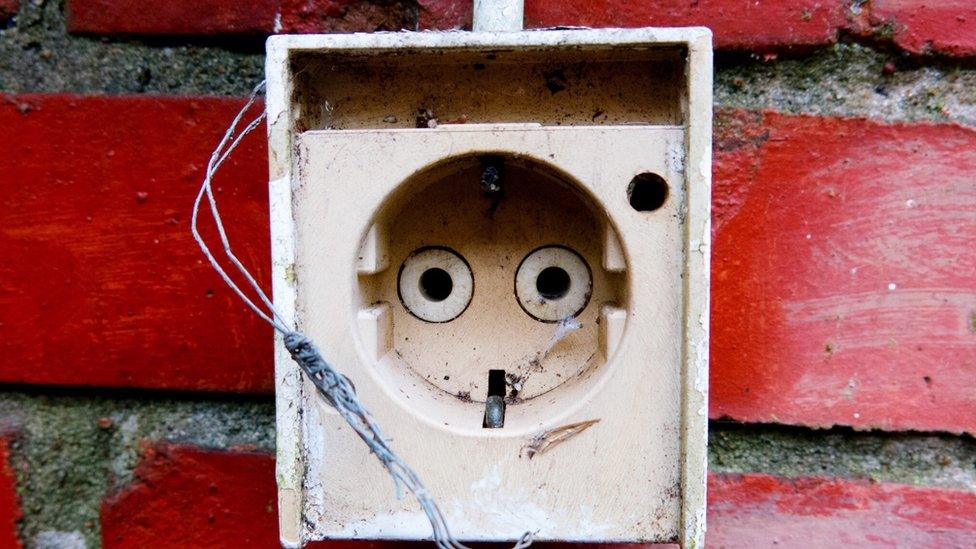Scientists know why we see faces in things that aren't there
- Published
- comments

Have you ever wondered why you sometimes see a face in something, and then can't stop yourself from seeing the face even when you've realised you're looking at a piece of toast?
Don't worry, you're not alone, it's something known as face pareidolia (you say it 'pa-ray-doy-lee-ah'), which is when the brain tries to make sense of things and makes you see images that are not actually there.
Now some scientists in Australia have discovered why we see faces in everyday objects, like cars, houses, plug sockets and more.
What a cheesy smile this grate face is wearing
How does it happen?
The brain recognises something as a possible face in a few milliseconds, but even when it realises the object isn't actually face it still continues to analyse it.
Prof Alais explains: "We know these objects are not truly faces, yet the perception of a face lingers."
"Pareidolia faces are not discarded [by the brain] as false detections but undergo facial expression analysis in the same way as real faces."
Have you come across any faces in everyday objects? If so, we want to hear from you!
You can send in your pictures and videos using the link below:
Are you ready to send your stuff?
This uploader is for parents to share videos and pictures with the Newsround team.
Don't Send...
- Personal details
- Anything naughty
- Stuff with other people
- Stuff we didn't ask for
Everything you send has to follow the rules
A parent can also help you upload your videos and pictures here.
If you cannot see where to upload, click here.
Why do we do it?
Humans have learnt to identify faces so that they can decide if someone is a friend or a foe. If they are they happy, sad, or angry.
It's for survival - so we can protect ourselves and stay safe - and would've been useful when we were early humans.
That is why people find themselves thinking a plug socket looks a bit sad, or a tree's bark looks a little shocked.
This shocked tree has to be seen to be be-leafed!
What effect do object 'faces' have on us?
The study tested how people were influenced by the emotions of faces they'd previously seen - including pareidolia faces.
Researchers at the Laboratory of Brain and Cognition at the National Institute of Mental Health in the US found that how we read someone's expression is influenced by one we've just seen.
So, if we've just seen a sad expression - on either a human or something we've mistaken for a face - we're more likely to think the next person we see is sad too.
But if you see a happy power plug face, you are more likely to think the next person you meet is happy too.
- Published7 July 2021
- Published20 October 2021
- Published7 July 2021
